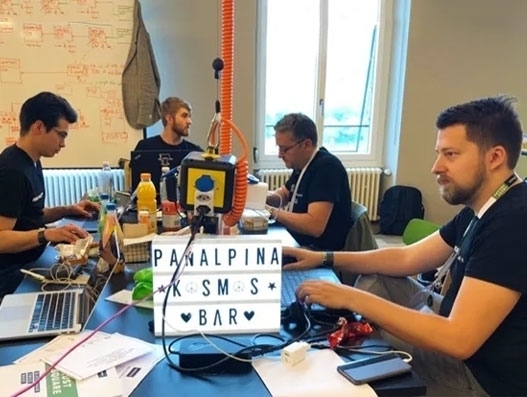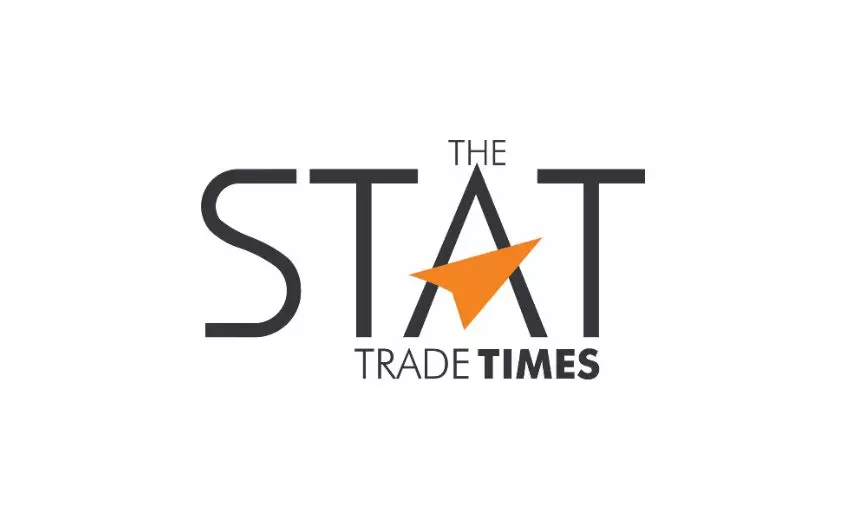
Panalpina’s hacker team creates blockchain solution for pharma supply chain
July 3, 2019: Panalpina’s hacker team, Kosmos, created a blockchain solution for the movement of products within the healthcare and pharmaceutical supply chain in 42 hours. Kosmos was participating in the Swiss Blockchain Hackathon in the last week of June to find a solution for the movement of products within the healthcare and pharmaceutical supply […]

July 3, 2019: Panalpina’s hacker team, Kosmos, created a blockchain solution for the movement of products within the healthcare and pharmaceutical supply chain in 42 hours.
Kosmos was participating in the Swiss Blockchain Hackathon in the last week of June to find a solution for the movement of products within the healthcare and pharmaceutical supply chain.
Their challenge was to create a blockchain solution that ensures traceability and authentication of unique products like medications within the pharma supply chain, and to devise standards to enable disparate applications to create and share visible event data, both within and across enterprises.
Solutions ranging right from standards-compliant manufacturing to tamper-proof packaging, down to temperature-controlled storage, transport and delivery are enabled by blockchain technology. Each step can be monitored and recorded – where a drug is, whether it is kept cool and secure. Because when it arrives at final destination, everyone involved wants to know and trust that it is original and in the best quality.
Kosmos shipped a virtual pill between two locations. Each shipment covered four major milestones:
Pick-up from shipper/supplier (PUP)
Goods confirmed on board first flight (DEP)
Goods arrived at last airport (ARR)
Delivery to door (POD)
The drug was tracked while being shipped by using GS1 barcodes typically used for scanning.

For all stages of the shipment, Panalpina’s hackers used GS1 standards and codes to create pieces of data about:
Prefixes of companies involved in the transaction
Locations where the pill passed
Boxes/pallets (trade units) and pills (consumable units) moved in the transaction
Shipments (logistic units) made
Using these, they created a chain of tamper-proof events by encoding them inside a blockchain. With each new shipment milestone, they lumped all the events as content for a new block and attached it to the blockchain.
The Kosmos team was involved in 42 hours of designing, hacking, developing and refining. It gained valuable insights into new technologies such as Angular, Reactive patterns and Javascript back-end with NOSQL database.
Panalpina’s five-member Kosmos team, comprising Gianluca Lupo (captain), Piotr Dziubecki, Marlon Leuthardt, Marcin Procyk and Takeo Yoshida, took second place in the supply chain vertical. They were one of 40 teams competing in the Swiss Blockchain Hackathon, which spanned six verticals: mobility, intelligent parcels, supply chain, finance, agriculture and food, and e-government.

